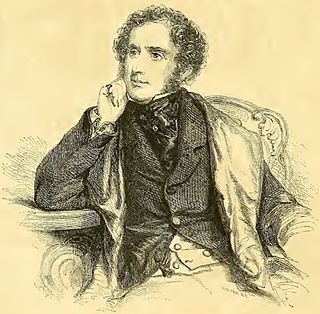
James William Wallack, commonly referred to as J. W. Wallack, was an Anglo-American actor and manager, born in London, and brother of Henry John Wallack.

Charles Kemble was a Welsh-born English actor of a prominent theatre family.

George Stephen Kemble was a successful English theatre manager, actor, and writer, and a member of the famous Kemble family. He was described as "the best Sir John Falstaff which the British stage ever saw" though he also played title roles in Hamlet and King Lear among others. He published plays, poetry and non-fiction.
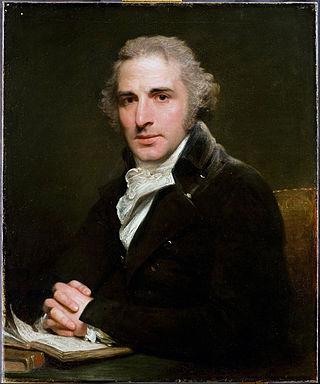
John Philip Kemble was a British actor. He was born into a theatrical family as the eldest son of Roger Kemble, actor-manager of a touring troupe. His elder sister Sarah Siddons achieved fame with him on the stage of the Theatre Royal, Drury Lane. His other siblings, Charles Kemble, Stephen Kemble, Ann Hatton, and Elizabeth Whitlock, also enjoyed success on the stage.
The Old American Company was an American theatre company. It was the first fully professional theatre company to perform in North America. It also played a vital role in the theatre history of Jamaica. It was founded in 1752 and disbanded in 1805. It was known as the Hallam Company (1752–1758), the American Company (1758–1785) and the Old American Company (1785–1805). With a few temporary exceptions, the Company enjoyed a de facto monopoly of professional theatre in the United States until 1790.
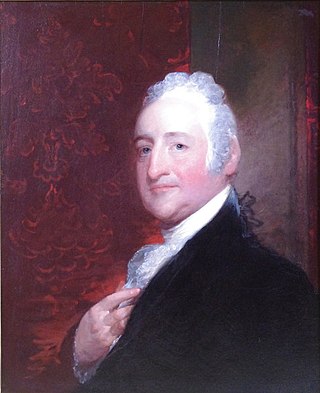
George Frederick Cooke was an English actor. As famous for his erratic habits as for his acting, he was largely responsible for initiating the romantic style in acting that was later made famous by Edmund Kean.

Thomas Morton was an English playwright.
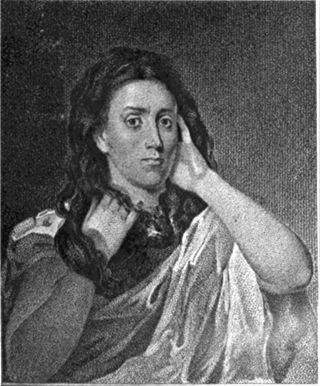
Mary Ann Duff was an English tragedienne, in her time regarded as the greatest upon the American stage. She was born in London, England, and died in New York City, United States.
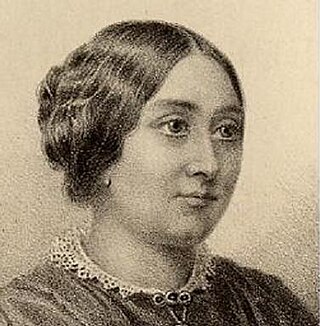
Kathleen Mary Fitzwilliam (1826–1894) was an English actress and singer appearing regularly on the London stage in the mid 19th century.

Three New York City playhouses named Wallack's Theatre played an important part in the history of American theater as the successive homes of the stock company managed by actors James W. Wallack and his son, Lester Wallack. During its 35-year lifetime, from 1852 to 1887, that company developed and held a reputation as the best theater company in the country.

Mary Ann Davenport [née Harvey] was a British Shakespearean actress.
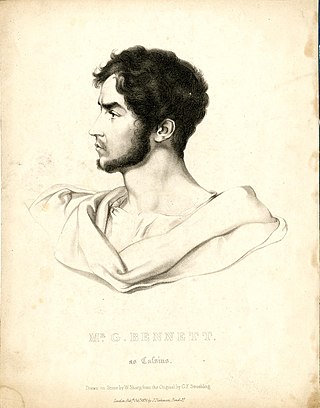
George John Bennett (1800–1879) was for nearly 40 years a Shakespearian actor on the London stage, notably Covent Garden and Drury Lane.

Julia Betterton Glover was an Irish-born stage actress well known for her comic roles in the late 18th and 19th centuries.

Thomas Wignell was an English-born actor and theatre manager in the colonial United States.
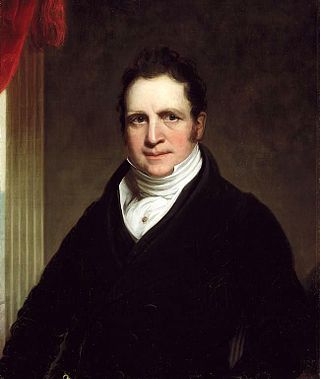
Thomas Abthorpe Cooper was an English actor.
Edmund John Eyre (1767–1816) was an English actor and dramatist.

Louisa, Countess of Craven, originally Louisa Brunton (1782–1860) was an English actress.

Sarah West was a British actress.
The Italian Father: A Comedy, in Five Acts (1799) is an American comedic play by William Dunlap, though substantially adapted from Part II of The Honest Whore by Thomas Dekker.
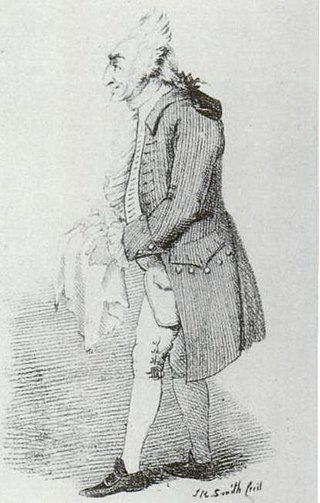
William Twaits was a British singer, dancer and actor-manager whose career was mostly in the United States in the early 19th-century.



















